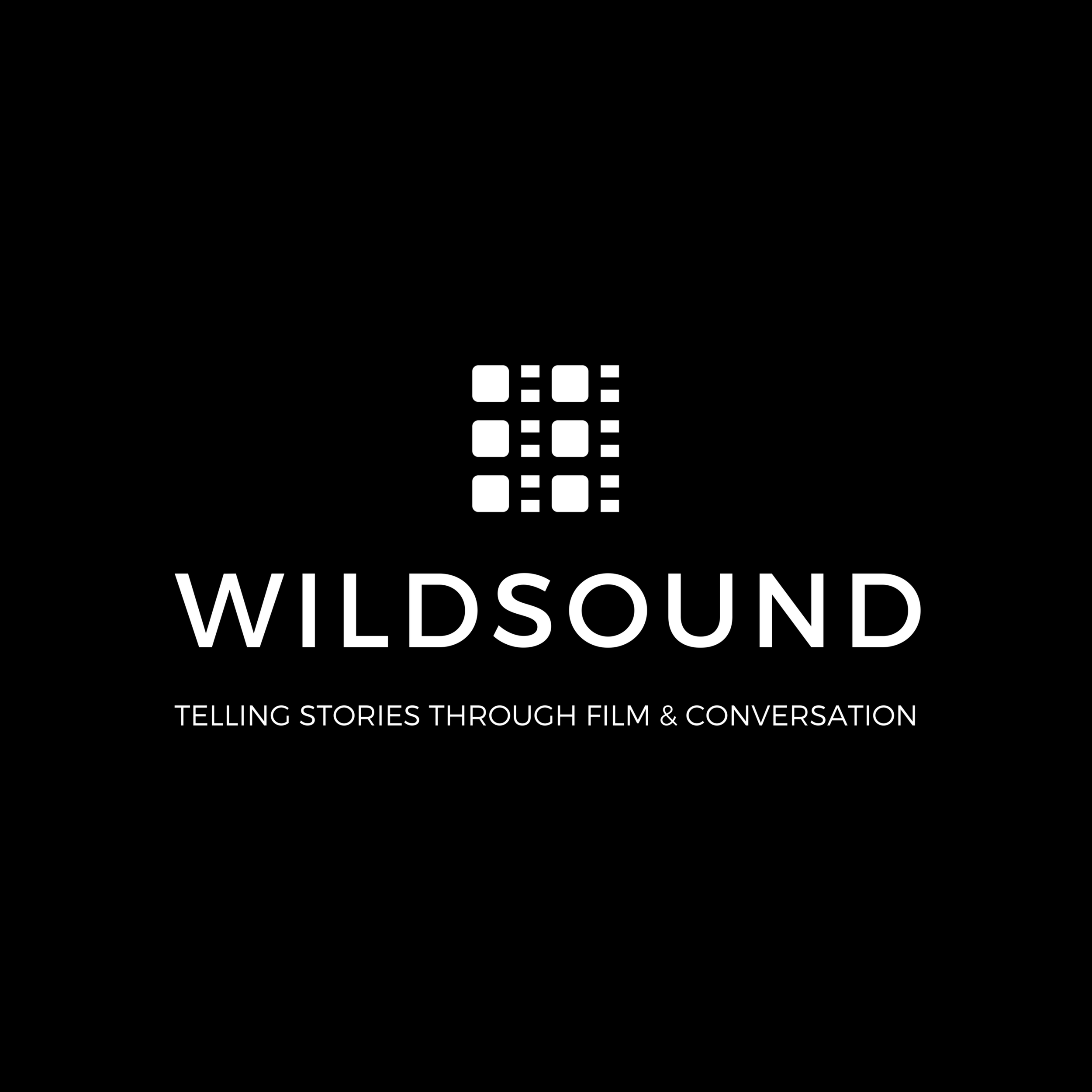This is it! The season Finale of Season one of The Film Podcast. We hope you enjoy Matthew and Kierston's discussion on The Alan Smithee- the great name of Shame of the Film and television world!
show notes
- DEFINITION
- Coined in 1968, and formally discounted in 2000, “Alan Smithee” was a pseudonym used by film directors who wanted to disown a work or their contribution to a work. The idea behind this is that for whatever reason, the director was not able to extend their true creative vision to the piece, thus it is not an example of their work they want to follow them on their resume or be linked to them creatively.
EXAMPLES Fade In aka Iron Cowboy (1968) and City in Fear (1980) both directed by Judy Taylor
Why it is used: When there are extreme conflicts on a set, where a director feels their role is not being utilized, their creative vision not being created, then they do not want their name attached to the work.- It takes away any credit that filmmaker has to claim the work as their own.
- It allows a creative to distance themselves from work that could harm them in the future.
- Coined in 1968, and formally discounted in 2000, “Alan Smithee” was a pseudonym used by film directors who wanted to disown a work or their contribution to a work. The idea behind this is that for whatever reason, the director was not able to extend their true creative vision to the piece, thus it is not an example of their work they want to follow them on their resume or be linked to them creatively.











